I love quilting (mostly as an admirer) and tatted lace, but beneath the beads and baubles is the basis of our craft—thread. Harriet Hargrave’s book, From Fiber to Fabric: The Essential Guide to Quiltmaking Textiles has an entire section dedicated to thread.
Did you know thread can be balanced or unbalanced? Balanced thread hangs in a U-shape. This produces a smooth fabric. Unbalanced thread will untwist, then retwist on itself creating a textured fabric like crepe.
Another property of thread is the amount of twist in it: low, medium, or high. Fine threads need a high twist, 30-40 twists per inch, to make them strong. Medium twist gives warp thread its maximum strength. Threads with low twist are used in fabric with nap like corduroy. The low twist makes it easier for machines to tease out the fibers.
The chosen fabric determines which thread is best. The strongest thread is not always the best. Strong thread which is highly twisted sets the fibers at right angles. This works like a saw, cutting against the fabric. The best thread to sew with is weaker than the fabric in which it is used. The fabric can move and flow without being caught up by a single thread.
It is a comfort to know, on those off-balance days when things aren’t going well and my response to a situation is worse, it is okay if I am not the strongest person in the fabric of life. I will live another day to tat.
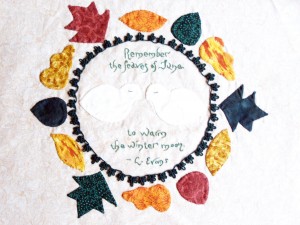
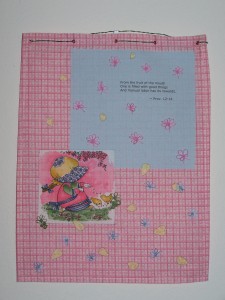

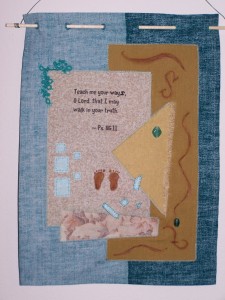
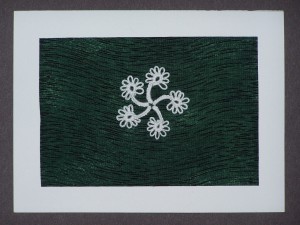
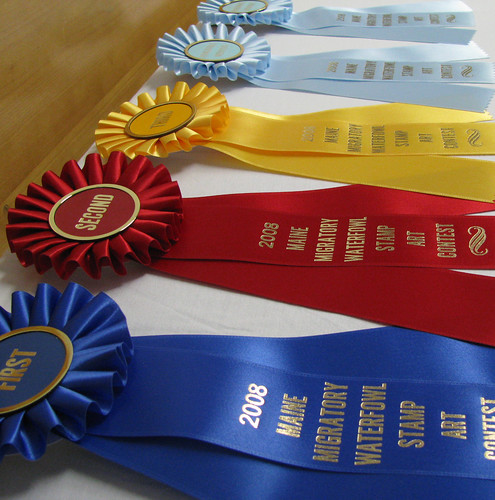
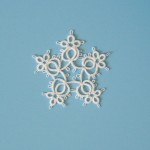 Tatting is a very old form of lace making. In ancient Egypt, funeral cloths were trimmed with knotting. (One theory is that tatting developed from knotting.) A combination of rings and chains create various edgings and motifs. The tatting stitch is actually a Lark’s Head knot which is transferred (flipped) along a core thread. This flipped Lark’s Head knot is called a double stitch—the basic stitch used in tatting.
Tatting is a very old form of lace making. In ancient Egypt, funeral cloths were trimmed with knotting. (One theory is that tatting developed from knotting.) A combination of rings and chains create various edgings and motifs. The tatting stitch is actually a Lark’s Head knot which is transferred (flipped) along a core thread. This flipped Lark’s Head knot is called a double stitch—the basic stitch used in tatting.